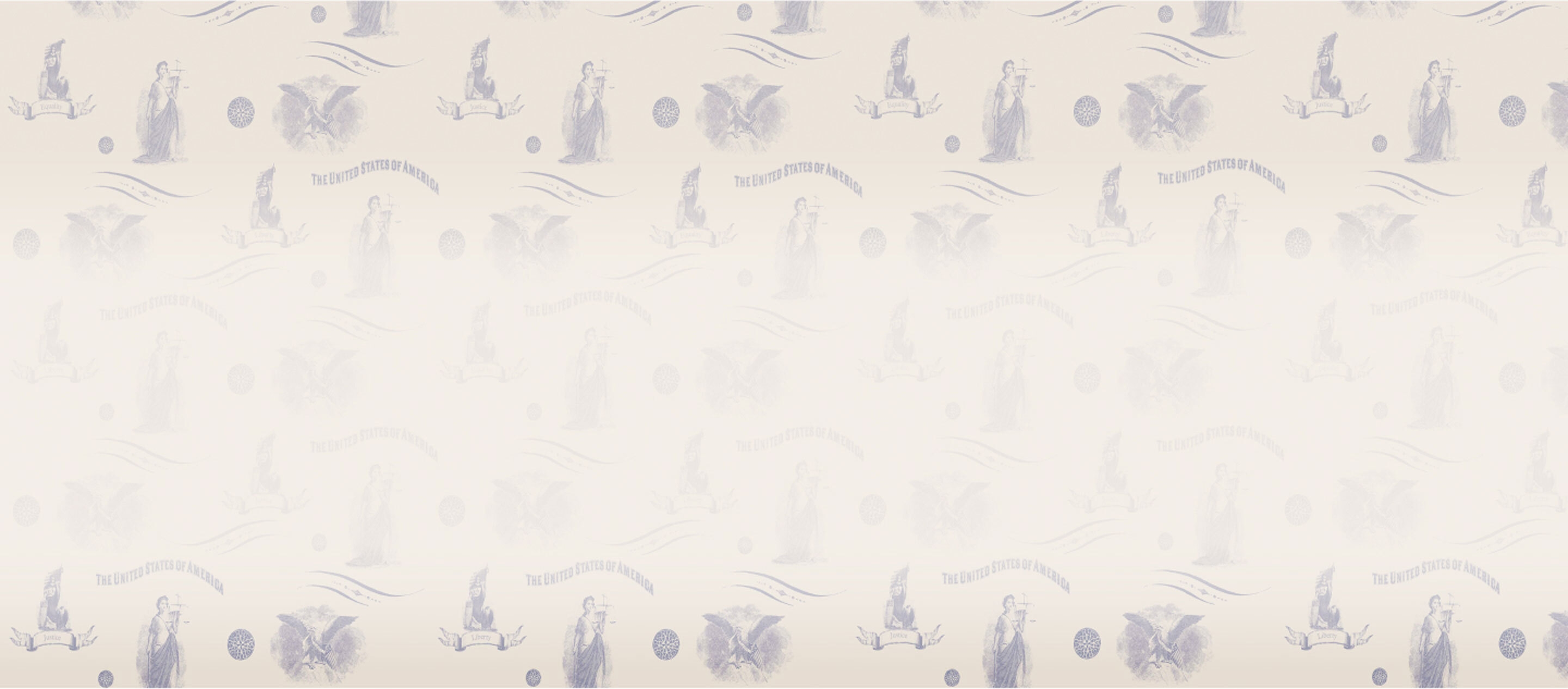
Visions of Freedom
During Reconstruction, formerly enslaved African Americans embraced freedom by establishing families, creating communities, and building new institutions. They sought access to education and land ownership, believing these were important steps to independence. Above all, they wanted the opportunity to determine their own lives, free from white interference. To secure their vision of freedom, African Americans demanded the same privileges and protections enjoyed by white citizens, including the right to vote.
Frederick Douglass on “What the Black Man Wants”
Frederick Douglass, ca. 1865
On January 26, 1865, the Massachusetts Anti-Slavery Society held its annual meeting in Boston. After nearly four years of civil war, the U.S. army was close to victory over Confederate forces in the South. The 13th Amendment to the U.S. Constitution, abolishing slavery, awaited passage in Congress. It seemed, finally, that the long struggle to end slavery would soon be won.
But what would freedom mean? How could the Black man be helped in his transition from slavery to freedom? Frederick Douglass, rising to address the Society, had one answer for his audience of white abolitionist allies: “Let him alone!”
Douglass’ words framed the hopes and expectations of African Americans after slavery. What they wanted and needed most of all was to be left alone. Left alone to seek an education, to worship, to work, to vote. Left alone from white interference, free to determine their own lives and fates.
Listen to an excerpt from Frederick Douglass’s speech to the Massachusetts Anti-Slavery Society, read by Craig Wallace.